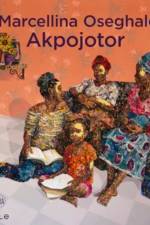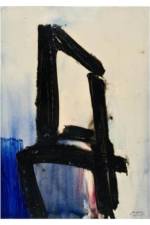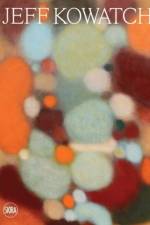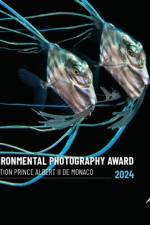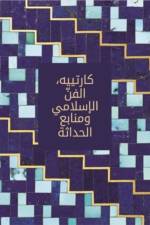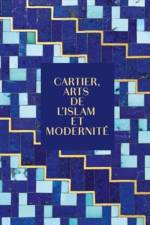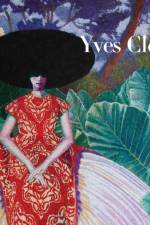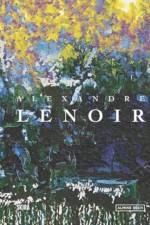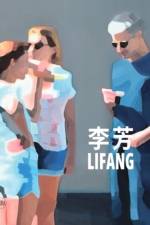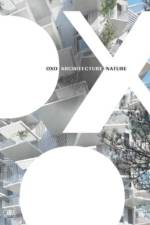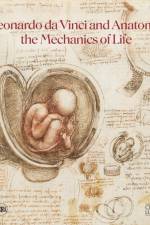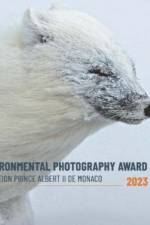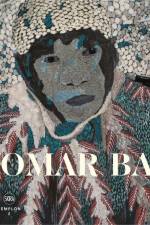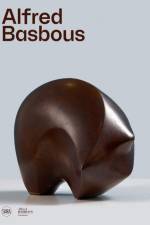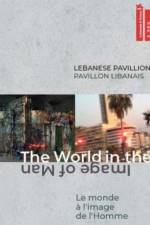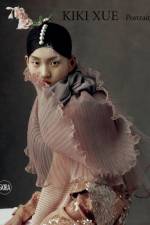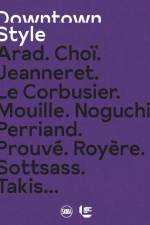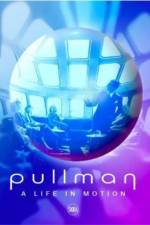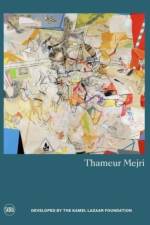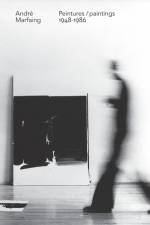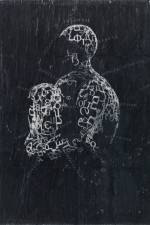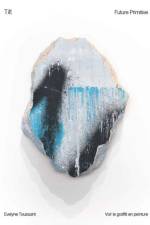381
The first monograph in English on a major Polish painter. Józef Halas (1927-2015) is one of the major Polish painters of his generation. Active in Wroclaw from 1949 until his death, first as a student and then as an artist and teacher, he left a unique body of work that, like many of those built largely during the Cold War, remained long unrecognized in Western Europe and North America. The Mountain series, which occupied most of his activity during the 1960s, marks both a strong connection with nature and a distance from the landscape painting tradition. The following series, Oppositions, Partitions, Verticals, Obliques, Levels and Interiors, constitute the pinnacle of his production and testify to a poetics of contradiction which is embodied in multiple and successful ways. The Pocket Gouaches, begun in the late 1970s, reveal an artist who has always remained open to experimentation. For a decade, the history of art has fortunately opened its field of investigation, modernity has become plural and its actors have become more numerous. There is no doubt that Józef Halas must now be counted as one of the important players in this global history. This monograph, with texts by Michel Gauthier, curator at the Centre Pompidou, Magdalena Howorus-Czajka, professor at the University of Gdansk, and Marjolaine Lévy, art critic, aims to contribute to the knowledge of Halas¿s work beyond Poland and by placing it in an international context.

